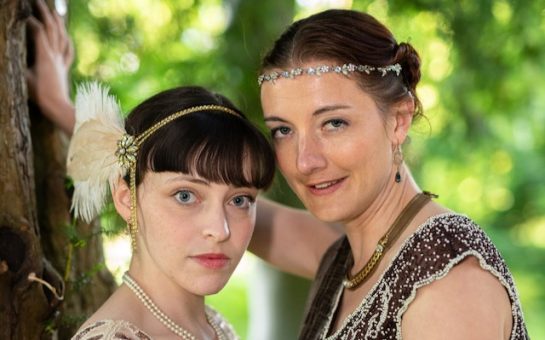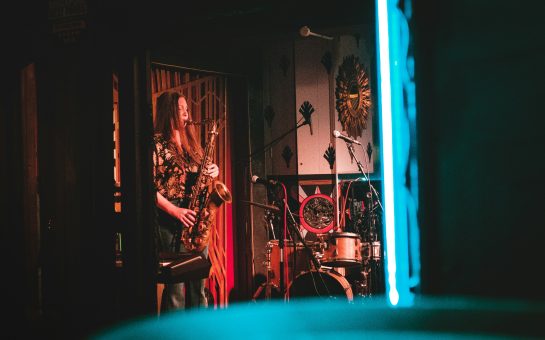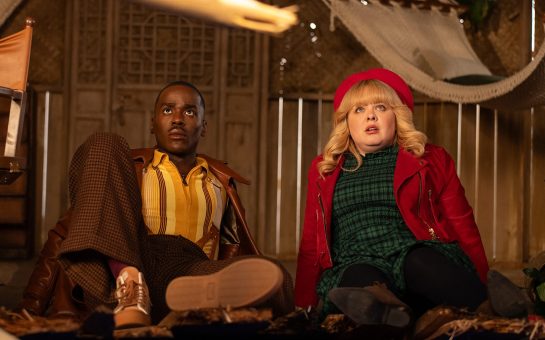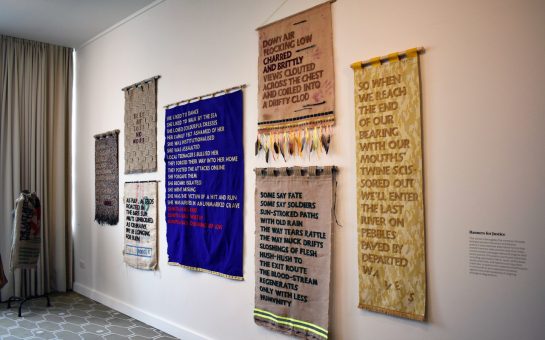History buffs in London tend to be drawn to the collection of state museums in SW1, such as the British Museum or the National Gallery.
Visitors to the city could be forgiven for thinking that the best of this 2000-year old metropolis’s sites begin and end in Westminster, given the amount of airtime they’re given.
However, a quick trip south of the river reveals a whole world of exciting historic possibilities, from ancient Roman villas to Medieval cave networks, to sprawling Jacobean manor houses.
Here are the oldest historical sites you’ll find south of the river.
Winchester Palace, Southwark
Winchester Palace is one of those hugely significant sites that you could very easily walk right by without noticing, although it boasts almost a millennia of history.
The ruins of this ancient building are squeezed in between office blocks in Southwark, on the banks of the river Thames.
The palace was once the official home of the king’s treasurer, who played the same role that the Chancellor of the Exchequer does today. The manor was once much larger than the current ruins that stand today and was reportedly home to some of the wildest parties of the Tudor era, according to http://bitaboutbritain.com/winchester-palace/.
Sadly, the manor burnt to the ground in 1814, never to be rebuilt.
Crofton Roman Villa, Bromley
The Roman legacy of London is one that continues to fascinate millions, with students and tourists flocking to the Roman ruins in the City of London every day.
A quick tube ride to Bromley will take you to the only surviving Roman villa in the region, which was inhabited by the Roman elite from 140-400 AD.
It’s one of the few physical places where Londoners can go to get their Ancient Rome fix, but that doesn’t mean there aren’t other options.
The appetite among Londoners for the glories of Ancient Rome is still as strong as ever, so much so that people in the city continue to invest time in Roman-themed books, films, TV shows and even casino games, such as the Ave Ceasar slot game at https://games.paddypower.com/ – not to mention the Roman exhibits at the city’s numerous museums.
The legacy of Londoninium lives on.
Chistlehurst Caves, Croydon
The sprawling network of caves beneath Croydon is a true kaleidoscope of history.
First dug in the 11th century in order to mine precious minerals such as flint and chalk, they have acquired various purposes over the centuries.
The caves continued to serve as mines right up into the Victorian Period before being used as an arsenal and munitions dump in World War I.
They regularly sheltered Londoner from air raids during the Blitz and live on today as a popular tourist attraction.
You can read more about the fascinating history of these caves at https://www.atlasobscura.com/places/chislehurst-caves
Charlton House, Charlton
Charlton House is probably as regal as it can possibly get south of the river.
This elegant Jacobean manor was built in 1607 and housed both Prince Henry (son of James I) and Sir Henry Newton.
It has since appeared in countless films and also enjoyed a brief stint as the world headquarters for the Red Cross.
Today, visitors can organise a tour of the building and grounds with the Greenwich Heritage Trust at https://www.greenwichheritage.org/visit/charlton-house.
Make sure to try the Victoria sponge cake from the tea room while you’re there.
The sites of London would take a lifetime to explore.
As the city continues to make history, the list of noteworthy places is constantly growing. We are tremendously lucky to have such rich history on our doorsteps.
Featured image courtesy of N Chadwick via Geograph, with thanks




